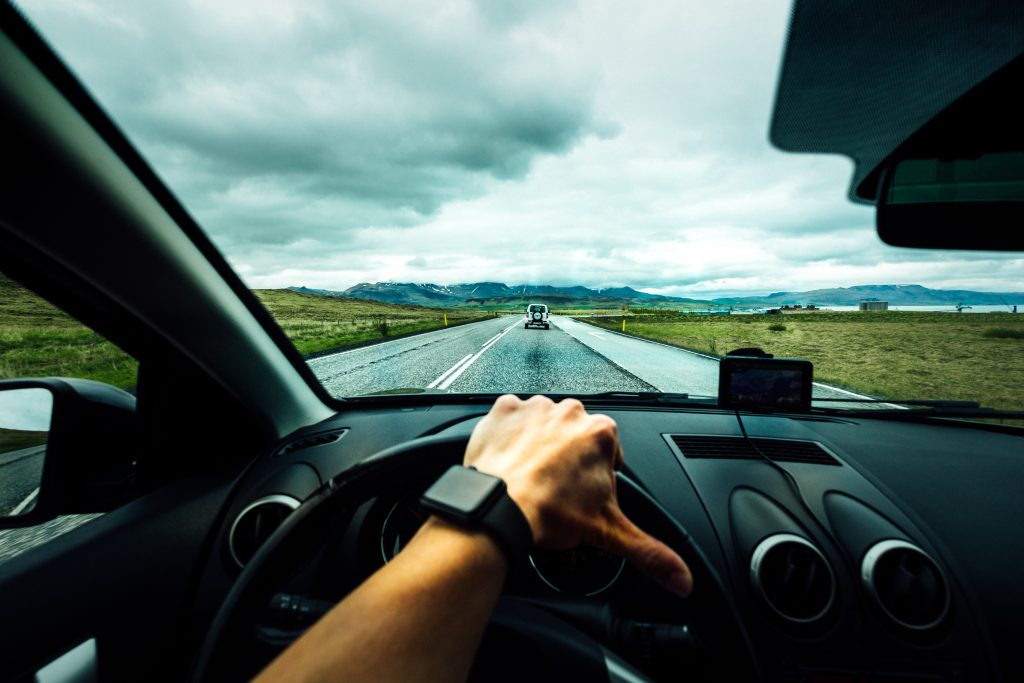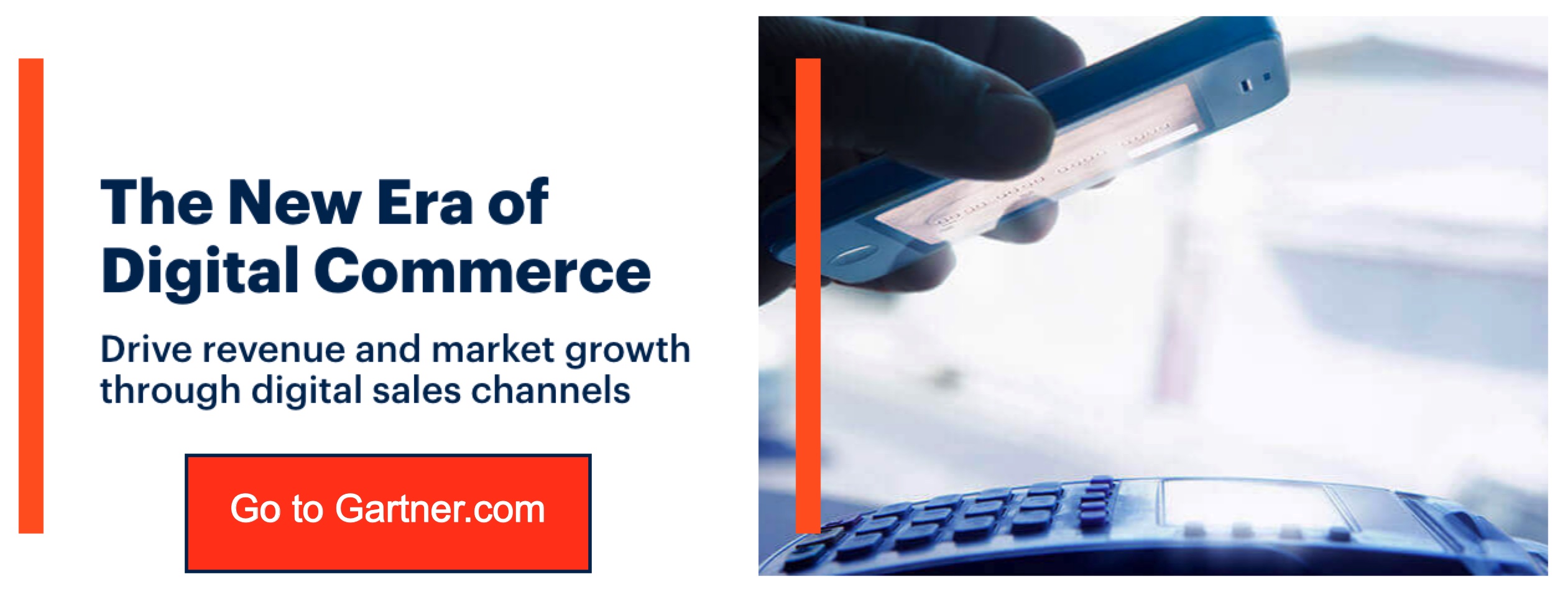Visual Search Strategies On How To Drive. Secure driving depends on how many you notice at once. A term for defensive driving is IPDE.
Secure driving depends on how many you notice at once. Our eyes deliver two distinct types of visions: central and peripheral or lateral. The central vision helps us to determine distance and to perceive information in the future. While the peripheral vision can help us identify side events, even though we are not looking at them directly. Many defects in the driver’s eyes are and poor judgment causes terrible accidents.
A significant term for defensive driving is IPDE (Identify, Foresee, Decide, and Execute). Study the following section carefully to understand more about the values.
Looking Forward
You should still look forward to your car in order to prevent any last-minute movements and detect potential traffic threats. If you see threats or traffic-stopping ahead of you, start breaking early. Check the gap in the lane next to you between your car and another other. Before moving directions, slow down fast, backup, or down a long or steep slope, it is very important to check your back. You should also look at the instrument panel to make sure that there are no car issues and test your speed.
Categories in visual search
It is called time for understanding because a driver needs time to recognize a situation. The time of experience depends on vision, the physical state of the driver and the road condition. Scanning the path forward efficiently decreases the time of sight.
By grouping like objects into four fundamental groups, you can boost the ability to collect knowledge.
Roadway Markers and Signs
These elements ensure organized traffic flow. They allow you to assess securely by asking you about how the route lies.
The Highway
Look for items that can cause an accident on the road and in the area surrounding the road. Look for a new direction to escape risky circumstances if a challenge occurs ahead of you.
Vehicles motorized
Good records on other motor vehicles can be difficult to collect. Cars, bicycles, trucks and buses treat and adapt to road conditions differently. Look out for other vehicles not completely regulated by unreasonable pace or unnecessary changes in lane. Change your speed and location to shield you from your actions. Mind, some drivers are less predictable.
Non-Motorized Highway Users
This community comprises pedestrians, cyclists, and animals. They are the most vulnerable road users and should be closely monitored when entering a road.
Path scanning
Look ahead for issues. Look at the vehicle ahead of you and on other lanes of the automobile braking lights. If you see traffic slowing before you prepare to brake early.
Check the gap in the lane next to you between your car and another other. Use every three to five seconds the mirror and side-view mirrors. After a brief examination of the mirrors or a swift glance at the rear of your leg, turn to the road just ahead. Don’t stare. Check the mirrors or glance again over your shoulder if needed if you have no apparent problem in the road ahead.
Before changing lanes, slow away immediately, back up or down a long or steep slope, it is very important to check your back.
Check the traffic regularly. So you will know if cars are coming up too soon or behind you. Before you get struck from the back, you might have time to get out.



